In the Before Times, when Sydney’s beauty editors regularly attended upwards of two launch events per week, there were a few things guaranteed to elicit an eye roll*: Being served just canapes at a lunch event; extra-long mingle time (we saw each other more often than our families and had no chat left); and skin facts we all knew by heart, like the oft-repeated statistic that hyaluronic acid (HA) holds up to 1000 times its weight in water. I heard this figure so many times at beauty events that I used to glaze over at the mere mention of HA, but recently, I’ve become hooked again – and I’m not the only one.
During lockdown, women around the world have become more serious about skincare and serums, and sales of hyaluronic acid have risen 23 per cent. Here’s why everyone loves it.
It’s the ultimate multi-tasker
HA is a clear, sugary molecule found naturally in the human body, where it cushions and lubricates joints, connective tissue and skin. But like all other good things (I’m looking at you, collagen) our bodies produce less of it as we age, leading to skin that’s drier and more prone to wrinkling. Which is where HA skincare can help.
“High-concentration HA is a clinically studied, powerful skincare ingredient with wonderful skin penetration qualities,” Dr Barbara Sturm, the German dermatologist famous for her A-list clientele, tells me.
“It plays a big part in skin health and can help keep cells hydrated, soft and plump. It also evens skin tone, improves the visible appearance of fine lines and wrinkles, and boosts the skin barrier function – making it a particularly good choice for dry, dehydrated or mature skin.”
Not only that, but HA can be used by even the most sensitive skin types, says Dr Sturm, who adds that there are virtually no side effects, “except the improvement of the skin matrix!” Yes, please.
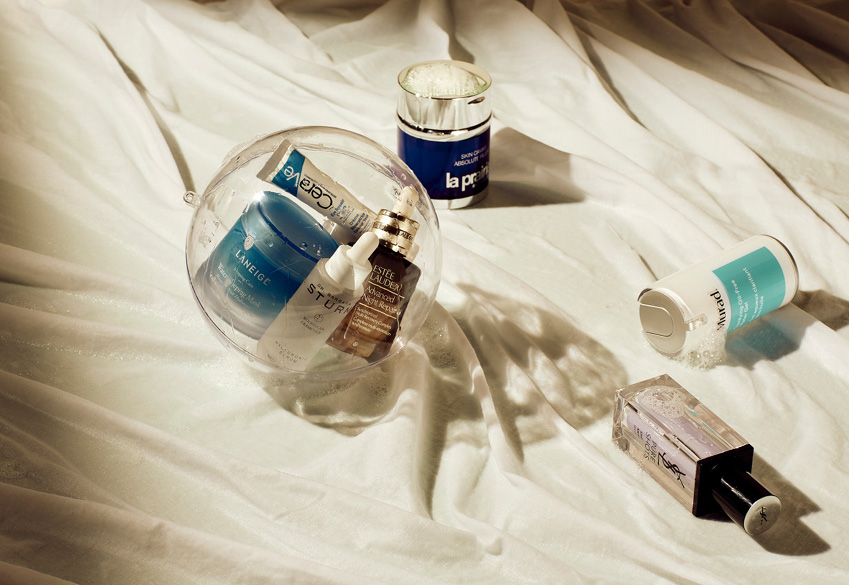

It comes in two sizes
It’s important to know that there are several forms of hyaluronic acid – hydrolysed HA and sodium hyaluronate – and they both perform slightly different functions and have different molecular sizes.
Pure HA has a high molecular weight that can’t effectively penetrate the skin, so it’s broken down in a lab via a chemical reaction – hydrolysis – to produce smaller, hydrolysed HA. Even then, the molecule is still relatively large but it can now hover around the surface of the skin and deliver relatively instant, visible results.
This is perfect if you need to temporarily plump fine lines – for example, around your eyes before applying concealer or if you have skin that’s otherwise normal/oily/combo but may be dehydrated because of external factors, like the weather or too much caffeine.
Sodium hyaluronate is a salt derivative of HA that has a smaller, lower molecular weight than both HA and hydrolysed HA, so it can be more deeply absorbed into pores to maintain the skin’s moisture content, says Dr Sturm. Sodium hyaluronate works particularly well for dry skin types, which usually have a weakened barrier and can’t retain moisture.
It makes your other skincare work better
HA plays well with other ingredients. In fact, a hyaluronic acid serum formulated with another active skincare ingredient could enhance the effects of that ingredient by carrying it deeper into the skin. That’s why there’s a very good chance HA is already in your favourite serum (hello, Estee Lauder Advanced Night Repair), so check the label.
If you have an HA serum, feel free to use both morning and night, applying it before any other serums (maybe you’re using vitamin C in the morning and vitamin A at night? I hope you are!), before sealing everything in with a moisturiser.
If your skin craves extra moisture during cooler weather, HA face and eye creams, and masks, act like a humectant and draw moisture from the environment to the surface of the skin. For those who get dry patches throughout the day and maybe can’t carry out a whole skincare routine at 3pm, Dr Sturm suggests keeping a HA-infused face mist nearby for an instant dose of hydration.
This dryness-throughout-the-day is me, and the reason why I’m back on the HA bandwagon. Lately, my skin has developed weird, dry patches around my mouth and chin, which is so bizarre because I have (had?) combination skin and my t-zone is usually well oiled. I’m chalking it up to 2020: The Year Nothing Makes Sense.
*To my beauty PR friends, I know we also did LOTS of things that made you roll your eyes, and I apologise.
Photography: Georgina Egan
Styling: Jack Milenkovic
Want more stories like these? Sign up to PRIMER’s weekly newsletter




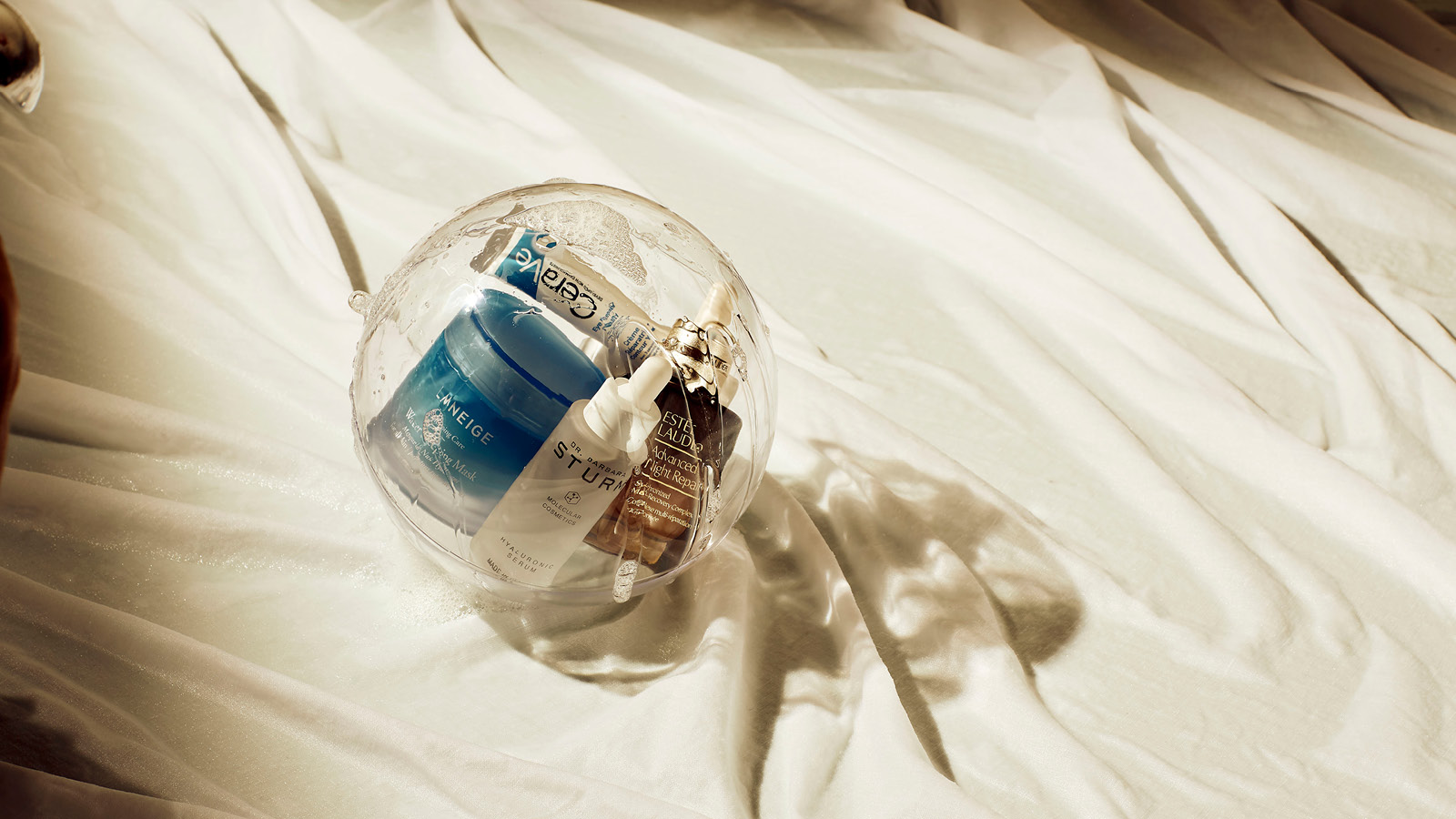
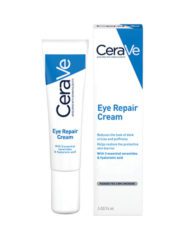
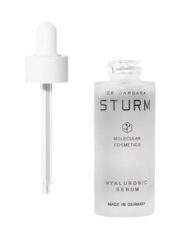
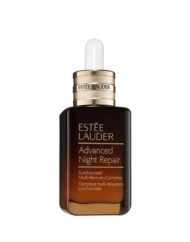
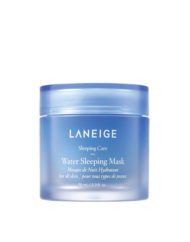
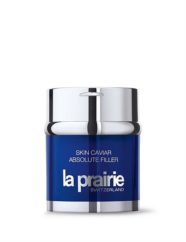
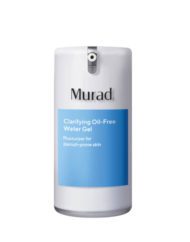
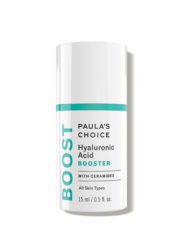
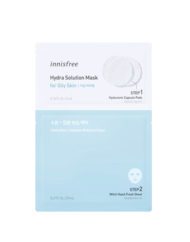
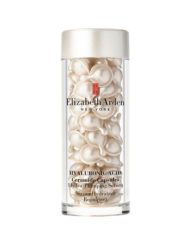
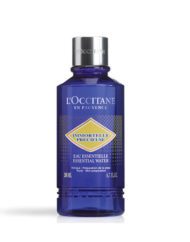
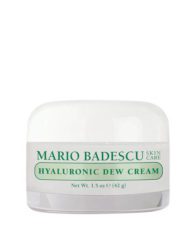
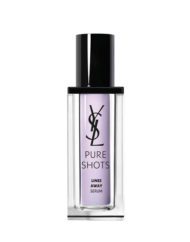


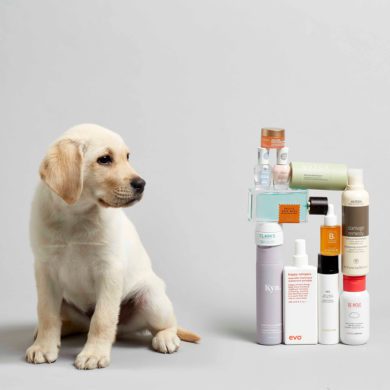

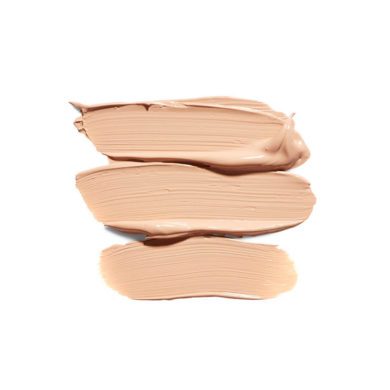

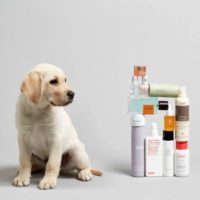

No Comments